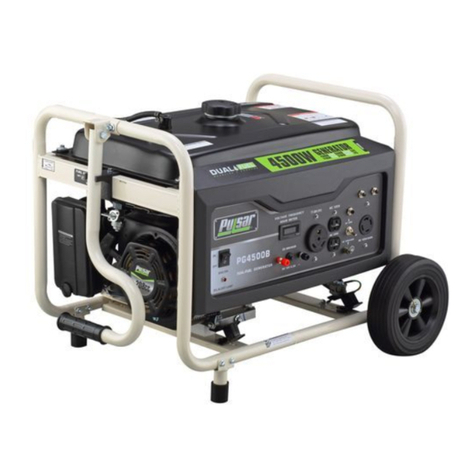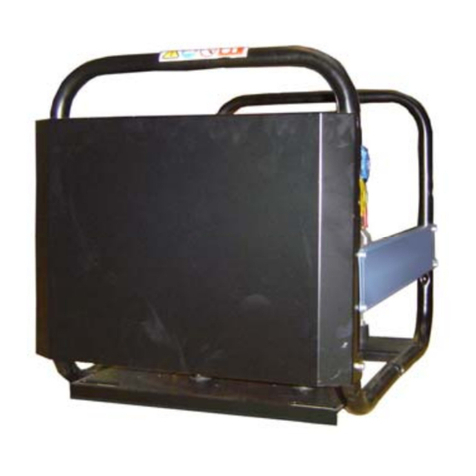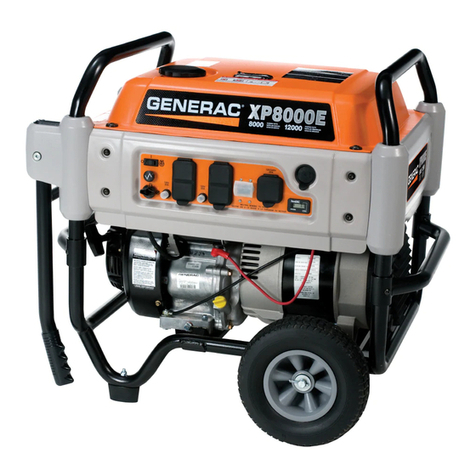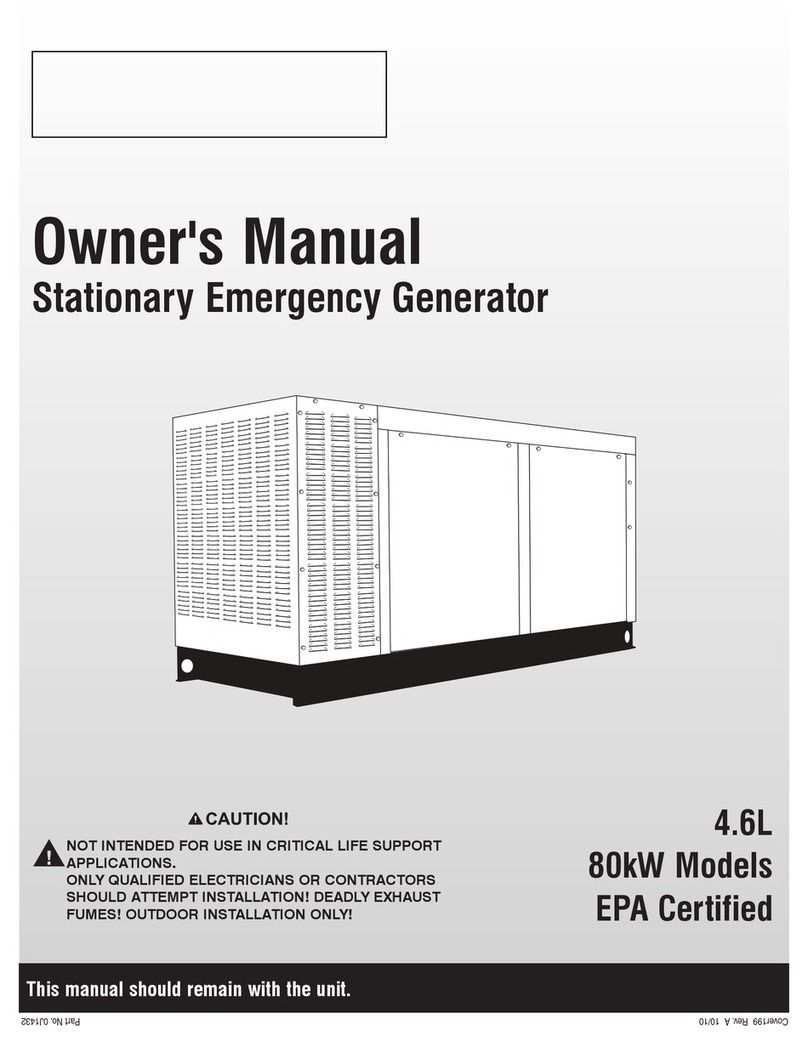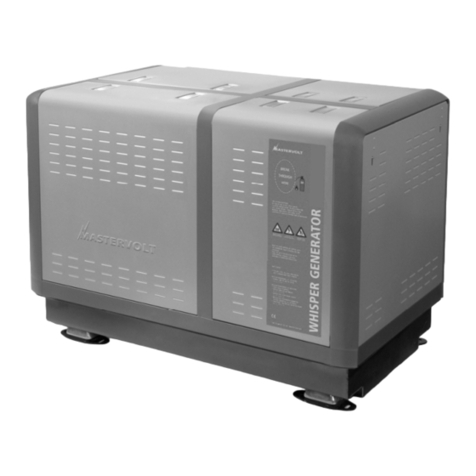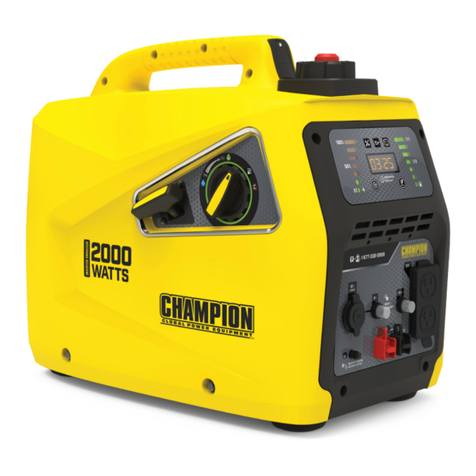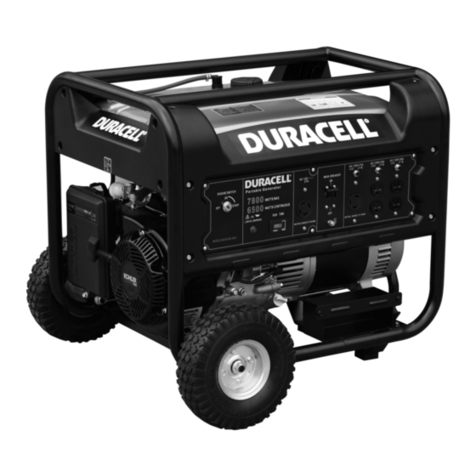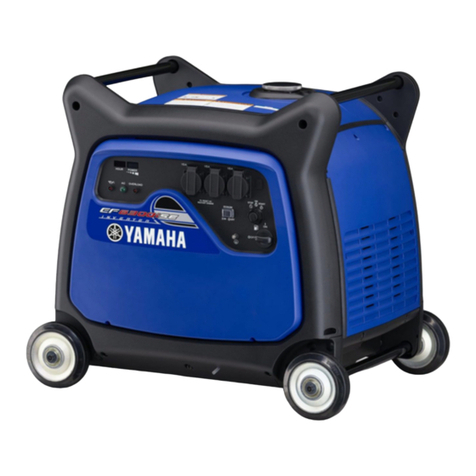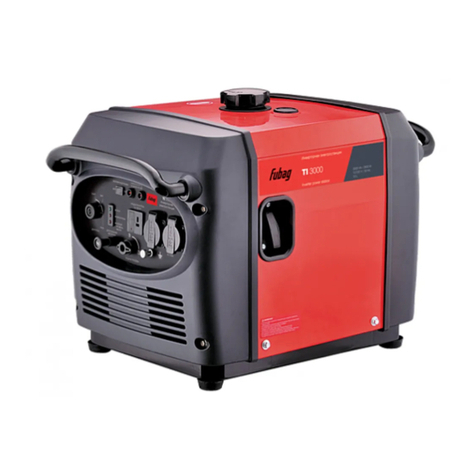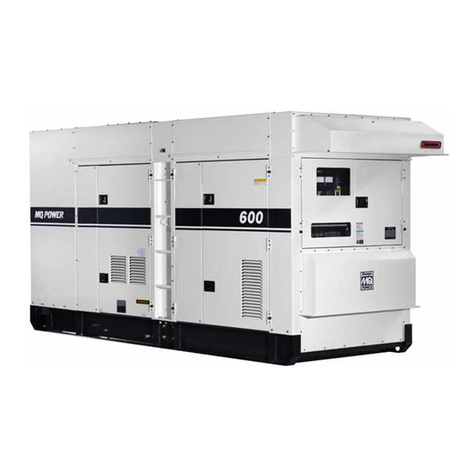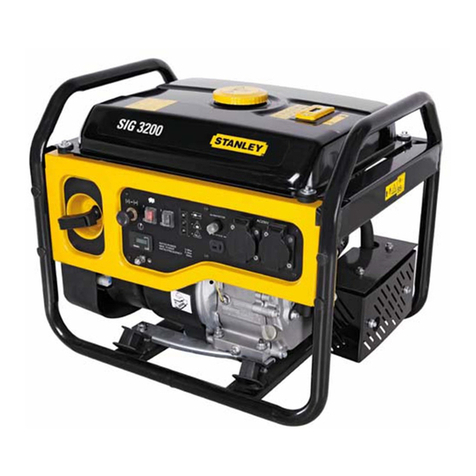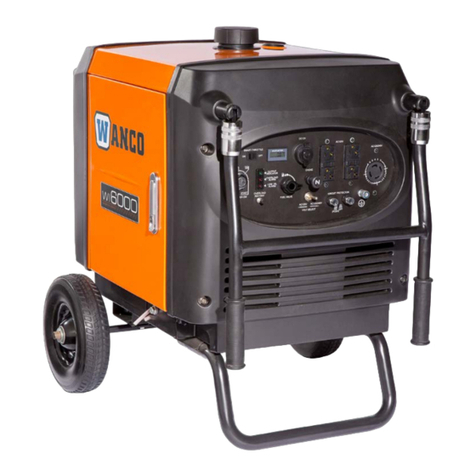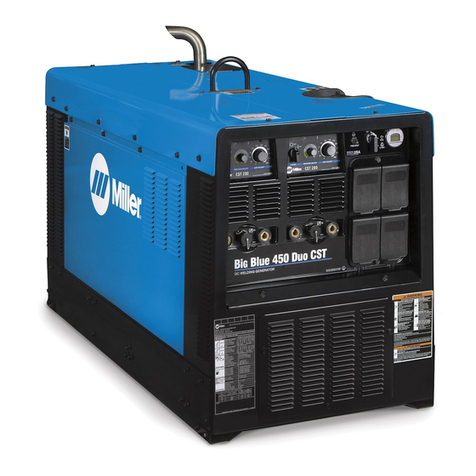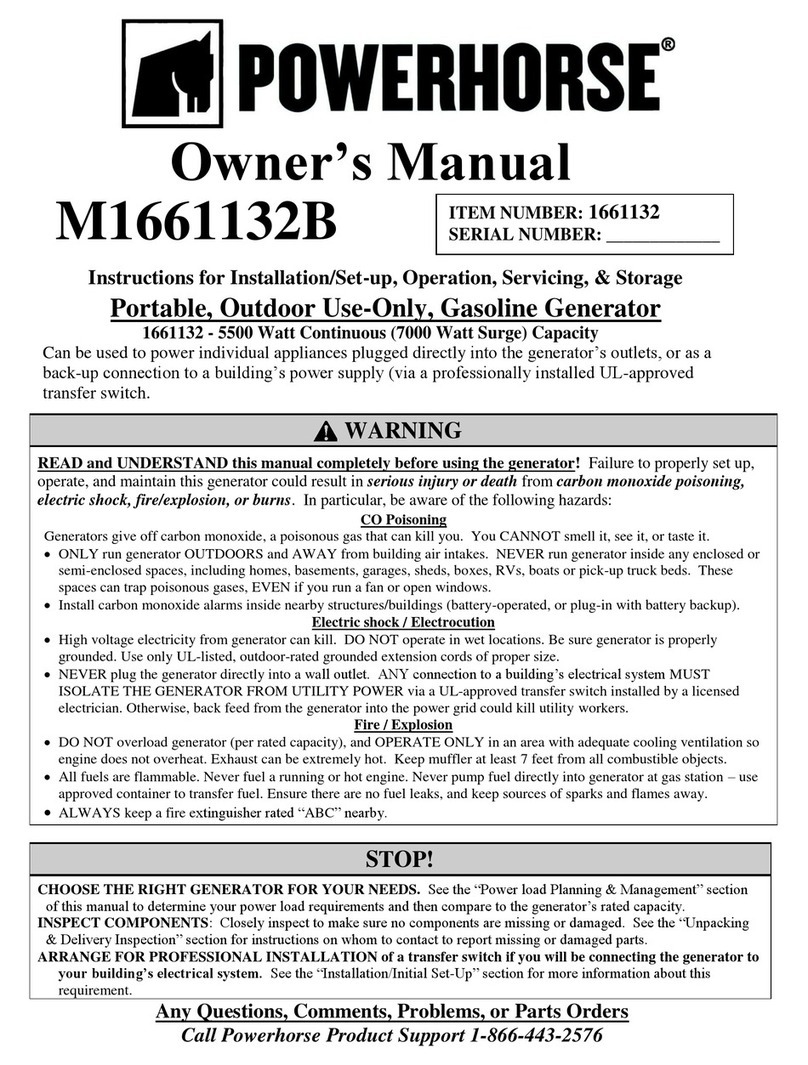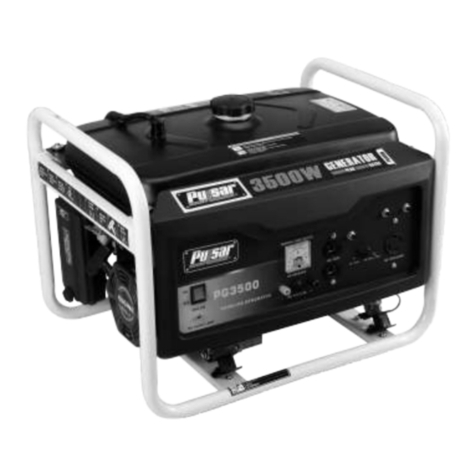
INSTALLATION
US / WHISPER 6/8/11 / July 2009 / Copyright © 2009 Mastervolt 3
1 INSTALLATION
1.1 GENERAL
This installation manual is valid for the following models:
Part number Description
50902055 Whisper 6 / 120/240V 3600rpm
50902056 Whisper 6 / 120/240V 3600rpm –
ungrounded
50903055 Whisper 8 / 120/240V 3600rpm
50903056 Whisper 8 / 120/240V 3600rpm –
ungrounded
50604055 Whisper 11 / 120/240V 3600rpm
50604056 Whisper 11 / 120/240V 3600rpm –
ungrounded
For other models see our website: www.mastervolt.com
To ensure reliability and durability of the equipment, it is
very important that the installation is carried out with the
utmost care and attention. To avoid problems, such as
temperature problems, noise levels, vibration, etc. the
instructions set out in this manual must be followed and all
installation work must be carried out professionally.
1.2 LOCATION
Since Whisper generating sets have extremely compact
dimensions, they can be installed in tight locations. Please
consider that even almost maintenance-free machinery
must still remain accessible.
When selecting the location area in which to mount the
generating set, make sure there is sufficient room to carry
out any maintenance work. The unit must be easily
accessible on the service side and on the distribution side
to have access to the V-belt
Please also note that in spite of the automatic oil pressure
sensor it is still essential that the oil level is checked
regularly.
1.3 INSTRUCTIONS FOR OPTIMAL SOUND
AND VIBRATION INSULATION
Position the generating set as low as possible in the
vessel. As the generating set is already secured to the
base frame by means of flexible engine mountings, the
frame can be mounted directly to the vessel’s main
structure.
1.3.1 Steel base plate
However to keep resonant vibrations at a minimum, it is
recommended to mount the generating set on a solid steel
base plate, approx. 3/4” (20 mm) weighing approx. 130Lbs
(60 kg) or 50% of the weight of the generating set. The
engine draws its inlet combustion air through several holes
in the capsule base. Therefore the capsule must be fitted
with sufficient clearance between the capsule underside
and the base plate. For the Whisper 6/8-3600rpm a steel
base plate is available from Mastervolt as an optional
accessory (ref. fig. 20, page 18)
1.3.2 Further recommendations
Whisper generating sets are standard equipped with a
"GRP" (Glass Reinforced Plastic) sound cover. The
canopy has been designed to give effective sound
insulation. For optimum sound and vibration dampening,
the following factors should be considered.
1 Avoid mounting the generating set in close proximity
to thin walls or floors that may cause resonance.
2 Sound dampening is extremely poor if the generating
set is mounted on a light weight flimsy surface such
as plywood which will only amplify vibrations. If
mounting on a thinner surface cannot be avoided, this
should at least be reinforced with stiffening struts or
ribbing. If possible, holes should be bored or cut
through the surface to help reduce the resonance.
Covering the surrounding walls and floors with a
heavy coating plus foam will certainly improve the
situation.
Figure 1: Mounting of the Whisper generating set. X = wrong, V = OK
